Weird Case Files: What’s got Zeus so down?
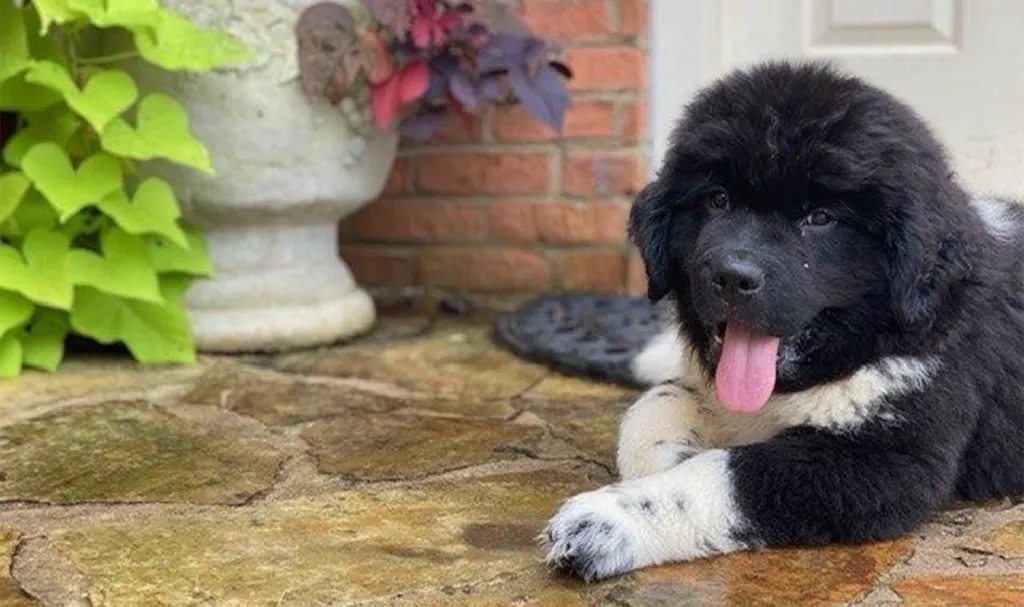
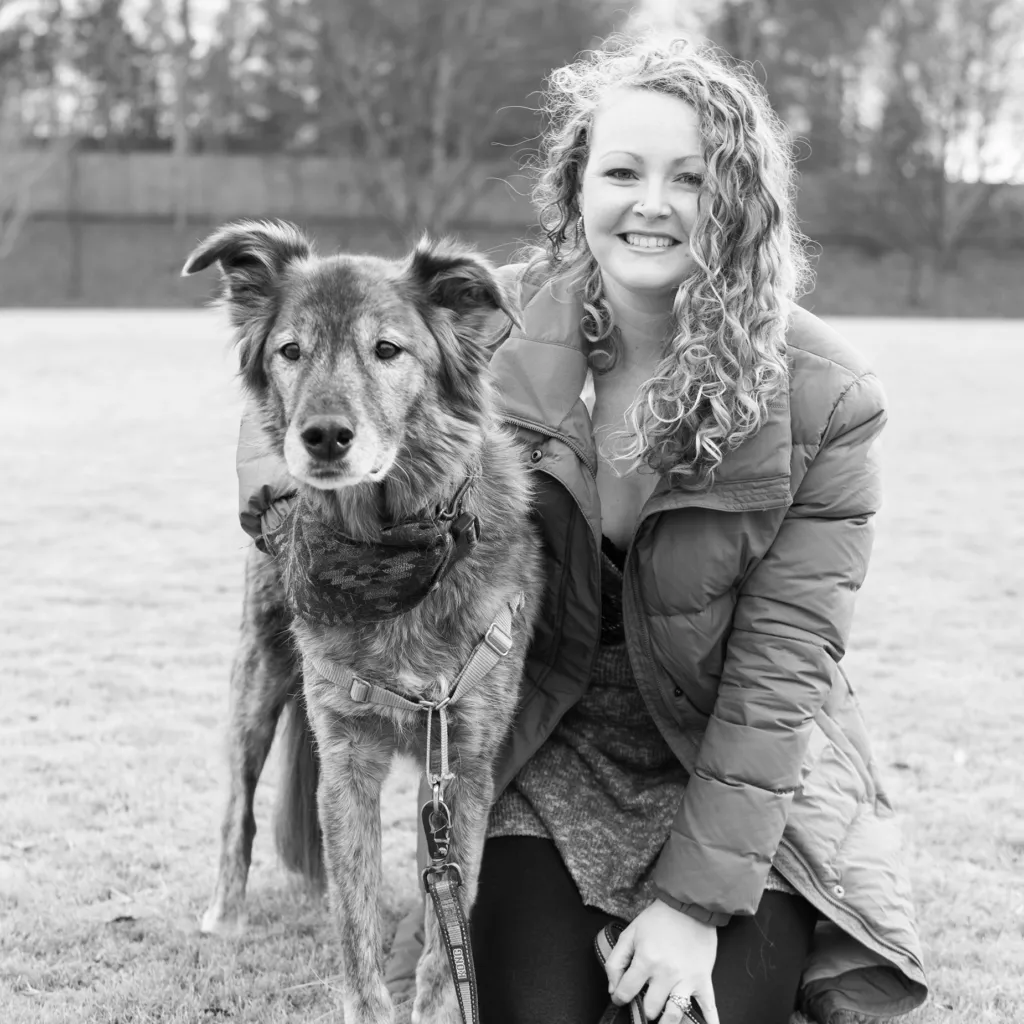
Welcome back to another edition of “Weird Case Files”, where our Associate IndeVets discuss the rare and interesting cases they’ve seen in clinic recently. This month:
Meet Zeus
Signalment: 3 yr MN Newfoundland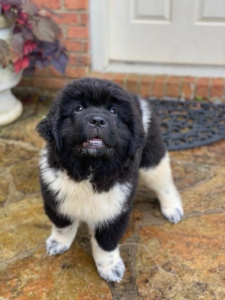
The first time I met Zeus, I ended up diagnosing him with a rare neuromuscular disorder. I was the third vet to see him in the previous two weeks. He originally presented 12 days prior to our visit for general GI signs and lethargy. His physical exam was reported as normal. Blood work was done in house that day (CBC and chem 17) and was unremarkable, other than mild ALT and AST elevations. Zeus roamed free on 12 acres of land, so they assumed he ate something outside and sent him home on a low-fat diet, and a combination of Clavamox and metronidazole. The owner reported improvement.
He presented again two days prior to our visit for lethargy, but this time the owner was also concerned about a possible UTI (despite the antibiotics he had just completed). They reported him dribbling urine and seeing a lot of discharge from the prepuce. PE was again totally normal other than significant smegma. An in-house urinalysis was performed and was unremarkable, no signs of infection. They flushed his prepuce with a dilute iodine solution and again he was sent home.
Then he presented to me, very lethargic, not eating at all, and the owner now thought he was in pain. She reported that he did not want to get up at home, he hadn’t urinated since the night before, and he growled at her when she went to encourage him to move. Zeus ambulated normally into the exam room, but just wanted to lay down. We did his initial exam in lateral recumbency before making him stand and walk. Other than excessive panting and hypersalivation (which may be normal for any Newfie in Georgia), his exam was normal. I could not elicit any pain response on abdominal palpation. He was a little resistant to left hip extension, but otherwise showed no pain reaction on orthopedic exam. He had no neurologic deficits; postural reactions were intact in all four limbs when standing. His gait on presentation was normal, but he wouldn’t walk for long without laying down. Something was very wrong here, but a physical exam alone was clearly not going to provide the answer.
Work Up
- Repeat in house blood work (CBC, chem 17) – Unremarkable; with initial mild liver enzyme elevations improved from his initial visit
- Abdominal radiographs – Large distended bladder and poor femoral head coverage in the left hip, otherwise unremarkable. There was no evidence of urolithiasis or any other reason that Zeus wouldn’t urinate normally. There was no obstructive pattern in the GI tract or mass effect of any kind.
- Thoracic radiographs – Unremarkable; no changes in the lower airways, normal size/shape of the heart, no evidence of megaesophagus or a mediastinal mass (thymoma).
- Thyroid profile submitted (T4, free T4, TSH) – All blood work had been run in house with no thyroid evaluation up to this point. Results were WNL when they were received the next day.
- ACTH stimulation test submitted – His electrolytes remained normal, but I wanted to rule out atypical Addison’s disease and crisis. Results were WNL when they were received the next day.
Treatment
I kept him all day for observation, and to see if there was anything I could do to make him feel better and start eating while we waited for his endocrine testing.
He got 1L of LRS SQ, a dose of Cerenia SQ, and a 0.1 mg/kg Dexamethasone SP injection IM (after we got his ACTH stim test samples). He showed no interest in any food the entire time he was with us, and clinically appeared worse than his presentation when he left.
We kept taking him out to see if he would urinate as radiographs confirmed he really needed to go (even before the SQ fluids). But as soon as he got outside, he would just lay down. The more we made him move though, I started to notice gait changes in the rear legs. He started to have a short/choppy gait in the rear legs, and then they would start to tremble just before he would collapse and lay down. Here’s a video of Zeus attempting to walk. He also got scared by a noise outside the second time we took him out and attempted to move quickly. He only made it a few steps before his front legs gave out and he face planted hard on the ground before completely collapsing. The more we made him move the worse his ambulation got. By the third time we took him out and let him loose in the yard, you could see an abnormal gait in all four limbs – short, choppy strides, generalized muscle tremors with significant effort to take each step, and then collapse. On the third walk he finally urinated all over himself while sitting. He made no effort to posture normally. His generalized weakness may have been contributing to the changes in urination that the owner reported on his second visit to us.
With his gait progressively worsening the more we asked him to move, a new differential rose to the top of my list, myasthenia gravis. Zeus’ final walk in the yard, with the classic gait for myasthenia gravis, happened about one hour prior to closing. Zeus was looking worse, and I convinced the owners to go ahead and take him to the University of Georgia on emergency that night. It would be the fastest way to his official diagnosis and treatment. They submitted a myasthenia gravis titer (acetylcholine receptor antibody titer) and started him on a neostigmine trial. Significant improvement was seen by the next day.
What Zeus taught me
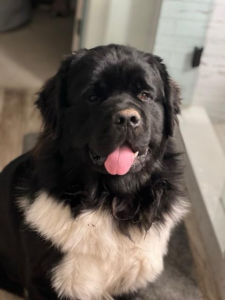 The value of observation. If I hadn’t kept him and really pushed him to move outside, I would have missed the changes in his gait. He ambulated normally and was neurologically normal on presentation – just lethargic! I personally went outside with him each time, mainly to investigate why he wasn’t urinating, but each walk around the yard became more and more vital to understanding what was going on with him. Yes, it took time, which is something rarely on our side in a busy general practice, but it’s what Zeus needed to not be sent home for the third time without a proper diagnosis. Thank you, Zeus, for this powerful reminder!
The value of observation. If I hadn’t kept him and really pushed him to move outside, I would have missed the changes in his gait. He ambulated normally and was neurologically normal on presentation – just lethargic! I personally went outside with him each time, mainly to investigate why he wasn’t urinating, but each walk around the yard became more and more vital to understanding what was going on with him. Yes, it took time, which is something rarely on our side in a busy general practice, but it’s what Zeus needed to not be sent home for the third time without a proper diagnosis. Thank you, Zeus, for this powerful reminder!
Myasthenia Gravis
Acquired myasthenia gravis (MG) is an autoimmune disease of the neuromuscular junction (NMJ). MG is the result of autoantibody-mediated (usually IgG) destruction of the nicotinic acetylcholine (ACh) receptors, the muscle receptors receiving nerve impulses at the NMJ via the neurotransmitter acetylcholine. This destruction decreases the number of functional receptors and decreases sensitivity of the postsynaptic membrane to ACh, resulting in generalized muscle weakness and fatigue that worsens with exercise. Acquired MG differs from congenital myasthenic syndromes, which often arise from an inherited deficiency of ACh receptors. Congenital MG is typically diagnosed in the early weeks of life.
The exact pathogenesis of autosensitization in MG is unknown. Three forms have been recognized – generalized (most common), focal (weakness in one or more skeletal muscles groups that does not include the appendicular muscles), and acute fulminating (rare form that results in rapidly progressive tetraparesis/tetraplegia, with or without signs of esophageal or pharyngeal dysfunction) – but all forms can be further characterized into two categories – thymoma-associated and non-thymoma-associated MG. One theory indicates that the thymus may be the site where initial autosensitization occurs, and that the thymus maintains the immune response against the ACh receptors. Paraneoplastic MG (thymoma-associated) can occur when neoplastic epithelial cells in the thymus express antigenic epitopes that are similar to ACh receptors in skeletal muscle. About 3% of dogs with MG will have a mediastinal mass at the time of diagnosis. Another theory suggests that exposure to viral or bacterial proteins that mimic the Ach receptor proteins triggers self-attack. Genetic susceptibility may also play a role. Acquired MG can occur in any breed of dog, but in a study of 1154 dogs of 61 different breeds with acquired MG, the Akita had the highest relative risk. Other breeds at risk include the Scottish terrier, German shorthaired pointer, chihuahua, and Yorkshire terrier. Familial MG has been identified in the Newfoundland and Great Dane. A risk locus for early onset MG to Dog Leukocyte Antigen class 1 was found in the Newfoundland.
Diagnosis
History of generalized weakness is common, specifically appendicular weakness that is exercise induced. Other common abnormalities include fatigue, pelvic limb weakness or stiffness, regurgitation from megaesophagus, dyspnea, coughing or respiratory distress from aspiration pneumonia, tremors, hypersalivation, reduced gag response, voice change, as well as neck and facial weakness. Neurological evaluation can be normal if performed when the dog has not been exercised/fatigued!
A minimum database (CBC, chem, UA) should always be performed to rule out comorbidities. Acquired MG is occasionally associated with other immune-mediated disorders, like hypothyroidism. Thyroid function should be evaluated. Thoracic radiography is useful for detecting the presence of a cranial mediastinal mass (thymoma), megaesophagus, and aspiration pneumonia. Abdominal imaging can be helpful to rule out other neoplasms or check for metastasis.
Detection of serum antibodies against native ACh receptors (MG titer) is the gold standard for diagnosing MG. An ACh receptor antibody result >0.6 nmol/L is considered positive in the dog, and >0.3 nmol/L is positive in the cat.
Pharmacological testing with an acetylcholinesterase inhibitor (neostigmine or pyridostigmine) results in rapid improvement of clinical signs in some affected dogs. However, the test is not specific to MG and not always positive, particularly in cases of focal MG.
Treatment
Acetylcholinesterase is an enzyme that lives in the synaptic cleft of the NMJ. It is responsible for getting rid of and recycling the ACh left over after effective binding to the ACh receptor. The class of drugs called anticholinesterases block the acetylcholinesterase enzymes, prolonging the action of ACh at the NMJ, and enhancing neuromuscular transmission.
Oral pyridostigmine bromide is the preferred anticholinesterase medication. It is recommended to start at the lower end of the dosage range and increase in small increments if necessary. If oral therapy is not possible, an injectable form of the drug is available and can be given as a continuous rate infusion.
Intensive care is usually required for acute, fulminating MG. Intubation and ventilatory support may be needed. Appropriate and early management of megaesophagus and aspiration pneumonia are essential.
Clinical remission is defined as resolution of clinical signs of MG. Immune remission is defined as resolution of clinical signs after discontinuation of therapy, along with a negative MG titer. Repeated physical examinations are recommended to assess response of clinical signs to treatment. ACh receptor antibody titer can be evaluated every 2-3 months to determine if remission has occurred and when treatment can be stopped.
Prognosis
Prognosis is good for non-thymoma-associated, focal or generalized MG, if there is absence of severe aspiration pneumonia, pharyngeal weakness, megaesophagus, and other neoplasms. Spontaneous remission is possible in some of these dogs.
Prognosis for thymoma-associated MG, whichever form, is never favorable. Some thymomas are invasive or metastasize, and complete resection is not possible. Thymoma recurrence is likely unless it is completely excised. Aspiration pneumonia and respiratory failure are still the most frequent causes of death in dogs with MG regardless of subgroup.
Update on Zeus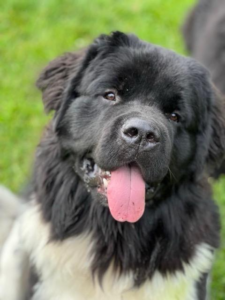
Zeus’ MG titer was positive, definitively confirming our preliminary diagnosis of classic generalized non-thymoma associated MG. He’s currently doing great on pyridostigmine and has a much more normal pep in his step. The owners have been well educated on what to watch for, as far as possible sequelae of this disease, but right now they are just happy to see their sweet, goofy Newfie’s personality back!
